Living in Indonesia: Beyond the ‘Eat Pray Love’ Destination
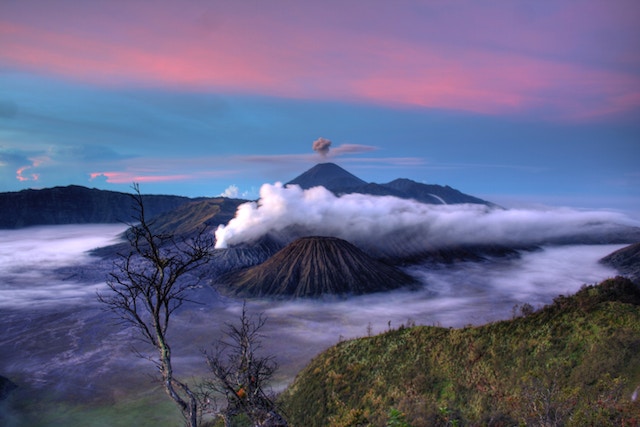
Most people in America, when I talk to them about living and working in Indonesia, know only about Bali.
“Like Eat Pray Love,” they say excitedly or something like it, probably imagining white-sand beaches, emerald-green rice paddies, and charming locals who’ll help you, a lost bule traveler, find serenity for no apparent reason at all.
“Um,” I’ll say, thinking of my actual city of residence. Palembang, South Sumatra is a sprawling, landlocked urban jungle where you’re more likely to find sputtering motorbikes and packed luxury malls than super-spiritual peace and quiet.
I came to Indonesia and Palembang in 2013 through the Fulbright English Teaching Assistantship Program. When I got my acceptance letter, I expected to be placed in some palm-treed beach right out of a postcard. Instead, I found myself in the island of Sumatra’s second-largest city, a bustling river port that also produces cement and fertilizer that causes, to put it politely, a distinctive funk in the air.
I fell in love with it.
Palembang is no tourist destination to be sure. When people say they want to visit me, I usually nudge them towards a meet up in Bali or the Javanese city of Jogjakarta because, let’s face it, they’re actually built for tourists. Jogjakarta has a giant, well-preserved temple (Borobudur), funky cafés, and a lively arts scene.
Bali is Bali. Its facilities and infrastructure are designed with a large pack of foreign visitors in mind. Not so much Palembang or other little-known, little-loved Indonesian metropolises whose main forms of entertainment are karaoke, hanging out in the mall, and eating out.
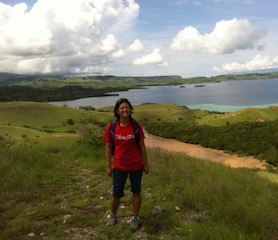
If there’s anything my living in Indonesia has taught me, it’s that the best things often require a little time, a little patience, and a lot of contacts.
And yet, Palembang ended up sneaking into my heart, unusual smell, lack of attractions, and all. Yes, this city is not for tourists, and that’s what I like about it. While I’m friends with expats, I also became enmeshed in a large group of Indonesians, who took me with them to places I would have never found on my own.
I went all over the city: warungs with delicious sate or mie for barely $1.50; karaoke rooms done up in disco and Hello Kitty themes; citywide jogging in Kambang Iwak; the Islamic Solidarity Games with a free t-shirt and hat thrown in; and the surprising greenery of Bukit Siguntang, which is said to be the burial place of kings.
I finally visited Kuta, Bali, a few months into my first year in Indonesia, full of anticipation for the verdant oasis I had been promised by ecstatic fans ranging from Elizabeth Gilbert to Tyra Banks to Anthony Bourdain. Even though I was learning to love Palembang then, I was still excited to be in a place where it was widely acceptable to wear skin-baring swimsuits and drink alcohol; where not speaking bahasa Indonesia well didn’t prevent me from finding interesting things to do and see; where I could experience the wonders that were always waxed upon by Western literature and media since time immemorial.
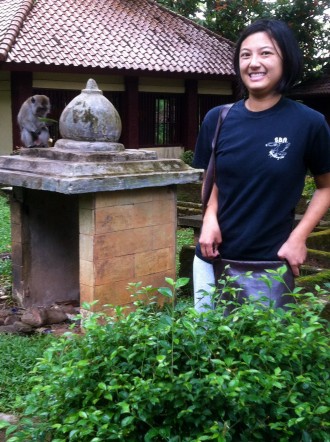
It ended up being one of my least favorite places I’ve visited in Indonesia.
And yet, Palembang ended up sneaking into my heart, unusual smell, lack of attractions, and all. Yes, this city is not for tourists, and that’s what I like about it.
There was nothing surprising to Kuta, nothing that didn’t seem slickly pre-packaged for an expectant tourist crowd. Yes, there were shiny bars. Yes, there were crowded beaches. And yes, there were giant turtles and snakes to play with and temples and dances to look at. But all I could think about was how many tourists were crowding around me, how expensive everything was (Sate for $6?), how few actual Indonesians seemed to be partaking in the “fun.”
It didn’t feel like the Indonesia I had come to know and love.
When new arrivals or curious wannabe travelers ask me where to go in Indonesia, where to really go in Indonesia, I tell them this.
Go to Flores! It’s practically untouched
Kalimantan, for the orangutans! I recommend flying into Pangkalan Bun from Jakarta, and hiring a boat that will take you into Tanjung Puting National Park. Here, I can also get you an email address for a great tour, but you can find several at the airport. The fee covers the guide, park fees, the boat, and three delicious meals a day. You see the rehabilitated orangutans at feeding stations throughout the park, and it’s amazing seeing them so close!
Go to Flores! It’s practically untouched. There’s really only one pretty dangerous road prone to landslides crisscrossing the island. You can take a boat to Komodo National Park (featured in the top photo) from Labuan Bajo and see Komodo dragons and snorkel with manta rays. You can also visit the Kelimutu crater lakes, which are three different colors! There are waterfalls and traditional villages.”
“Bangka-Belitung! The beaches are like something out of a magazine, and there are so few visitors. Everyone is so friendly, and the seafood is amazing and cheap!”
“Lampung and the islands off its coast! Coral reefs like teeming forests, few people, vistas that are like heaven.”
But it’s getting to know Indonesian people, finding the places that few foreigners know about, learning as much as a bule and seeing what it’s like to live, really live in Indonesia, that has made me come back to teach English a second year.
If there’s anything my living in Indonesia has taught me, it’s that the best things often require a little time, a little patience, and a lot of contacts. Most of the places I mention above — including Palembang — require people in the know to help you find the gems. You need to talk to locals, make friends with them, and trust them when they tell you to get into this rickety speedboat because they’ll take you to a colorful Buddhist temple in the middle of Palembang’s Musi River or to a glorious island paradise off the coast of Sumatra where you and your friends are practically the only people around.
Sure, I won’t totally knock Bali or places like it. They’re fun and relaxing and have wonderful things to look at and do. And yes, being able to just look up information on the Internet or arrange tours and entertainment through a hotel can be a relief after so much pulling of strings and puzzling things out in mediocre bahasa Indonesia elsewhere.
Getting off the beaten path isn’t easy, but you’ll never know what heaven you’ll find.
But it’s getting to know Indonesian people, finding the places that few foreigners know about, learning as much as a bule and seeing what it’s like to live, really live in Indonesia, that has made me come back to teach English a second year. It’s one thing to play tourist in Indonesia; it’s another to live here.
As confusing and difficult as the latter can be, that’s what living abroad is all about, learning to find the diamond in the rough, the familiar in the unfamiliar, the joy in the midst of culture shock and confusion, and friends and family thousands of miles away from home.
Getting off the beaten path isn’t easy, but you’ll never know what heaven you’ll find.
Living in Indonesia: Beyond the ‘Eat Pray Love’ Destination
Related Reading
- 48 Hours in Bali for Every Type of Traveler
- Travel Bali: A Conversation with Elen Turner
- 4 Bali Scams You’ll Want to Avoid
- Bali Travel: A Conversation with Kaytia King
- Travel Bali: A Conversation with Lauren Jarman
Have you traveled to Bali, Indonesia? What were your impressions? Email us at editor@pinkpangea.com for information about sharing your experience and advice with the Pink Pangea community. We can’t wait to hear from you!
Living in Indonesia: Beyond the ‘Eat Pray Love’ Destination photo credits: Jessica Shen and Anna Cabe

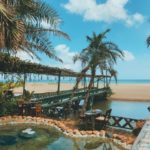


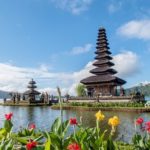




One thought on “Living in Indonesia: Beyond the ‘Eat Pray Love’ Destination”